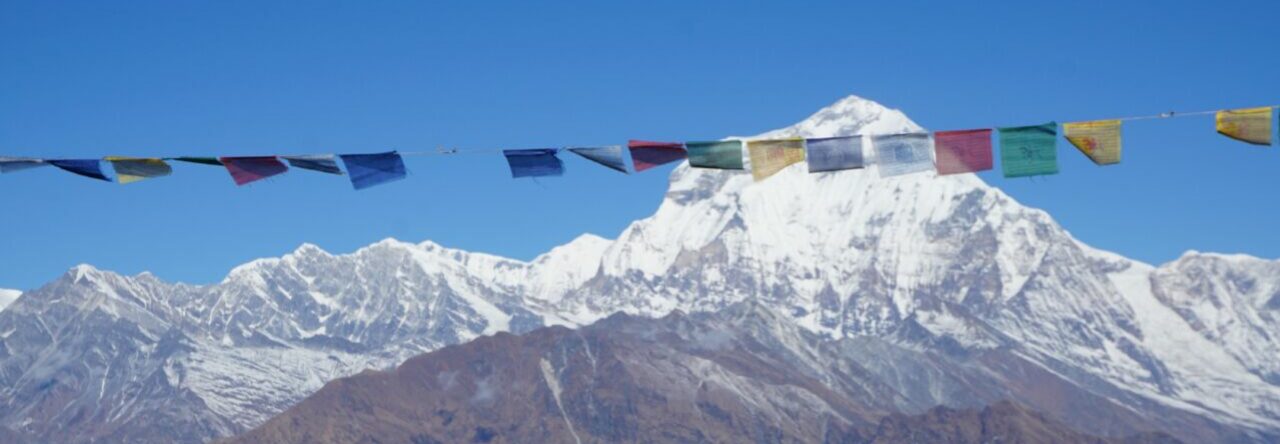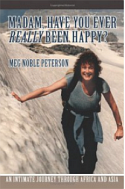Here is the third post of our visit to Seoul from Nov. 4 – Nov. 11.
 There is nothing more colorful or appetizing than a South Korean restaurant with eager eaters hovering over gigantic spreads of numerous varieties of beautifully prepared vegetables and meats, rice, and noodles… only to sit down and find after the first bite that I have burned out my palate for the meal. Since each day is a new day, and hope springs eternal, I walked into each fresh situation convinced that surely somebody would understand the phrase “Please no spicy!” After all, there are, according to TripAdvisor, 23,616 restaurants in Seoul! The Koreans love to eat!
There is nothing more colorful or appetizing than a South Korean restaurant with eager eaters hovering over gigantic spreads of numerous varieties of beautifully prepared vegetables and meats, rice, and noodles… only to sit down and find after the first bite that I have burned out my palate for the meal. Since each day is a new day, and hope springs eternal, I walked into each fresh situation convinced that surely somebody would understand the phrase “Please no spicy!” After all, there are, according to TripAdvisor, 23,616 restaurants in Seoul! The Koreans love to eat!
My entire experience was reminiscent of my first trip to India in 1986, when I was so worn out from fighting spicy food that a waiter in Delhi, seeing my plight, served me a peanut butter and jelly sandwich. It saved my life. As much as I loved India and as much as I enjoyed South Korea, I may have to look elsewhere if I am to survive.
There is something about Korean chefs that cannot resist a tiny bit of hot spice in the dish as their signature trademark. Shawo did a yeoman job of trying to find a prepared salad that would be suitable for me and even when he went to the western-style Paris Baguette bakery and bought a green salad, tucked in the corner underneath the lettuce leaves were those hot green peppers. Dang, foiled again!
We tried a vegan restaurant where we sat on the floor, with, alas, too much spice for me. We thought Vietnamese Pho would be safe but those hot green peppers had been sliced into the soup, impossible to avoid. Eventually, one evening, Cary and Shawo slipped away for a delicious seafood pancake, notice the ubiquitous kimchi, while I stayed at the hotel catching up on writing, and finishing off safe leftover noodles. Thank God for oranges, grapes, and those wonderful in-season persimmons I fell in love with.
Shawo saved me with the breakfasts he brought to our picnic table outside the hotel, which included omelets, fruit, and gimbap (kimbap), all without spice, to get me started in the morning. Gimbap was a wonderful discovery…very similar to sushi and a real treat! Once only made by hand at home, now it’s a low-cost, convenient take-out food. It fills the niche in Korean eating similar to sandwiches in the US. It is portable, tasty, and a great picnic and snack food. Gimbap doesn’t have the raw fish of Japanese sushi and there are hundreds of varieties. Bring it on!
One evening, Jieun, who had given us the red bean jelly gift, was our guide to a massive covered street food market. The variety was mindboggling. I had never seen anything like it in all my travels. The hall with dozens of densely packed food stalls was immense and crowded, filled with small eating stands with narrow benches.
Click on the photos to enlarge.
There were lots of stands specifically for seafood. Cary had been hankering for some Korean seafood, but once she saw the tanks full of little baby octopus, she couldn’t bear to eat them. We missed that photo, but you can see large octopus, sea squirt, cockles, eels and flounder in the photos below, often served raw on large lettuce leaves.

Assorted octopus, cockles & squid

Sea squirts

Eels

Flounder

Seafood stall
The food variety ranged from vegetables to caterpillar larvae and everything in between. Outside the hall, we ended our culinary journey with a sweet treat made of waffle batter encased red bean jelly and a walnut! Really delicious and, to us, very exotic, just like most everything else we had experienced that evening!
Finally, two days before we left, we found a really neat and airy western restaurant in the Bokcheon-dong district, that was named of all things, The Restaurant. It was actually better than most restaurants I’ve experienced in the US. We had superb pesto pasta, lasagna, and the best mushroom soup I’ve ever tasted.
Unfortunately I poked the top crust before we took the picture, just to see if there was really something underneath. It was so good, we came back the next day. Shawo was agog with his aglio e olio pasta, Cary had roasted veggies with balsamic drizzle, and I had an avocado/veggie sandwich with green salad and french fries. Shawo greatly enjoyed the crusty rolls and butter, not typical of Korean food, but which were like Amdo bread, the region in Tibet where he grew up.
As a celebration for finding food I could finally eat, I treated myself to something I had never experienced: a glass of Bulgarian white wine. I was elated! It didn’t matter that it couldn’t compare to the vino verde from Portugal.
 A little aside: The Restaurant had by far the most high tech restroom we had encountered. When you opened the stall door, the lid rose up to greet you. Watch for the youtube video when I have better wifi. Like many Korean toilets, the seat was warm and toasty, but you needed prior training to manage the bells and whistles built into the toilet operation. I was afraid to touch anything for fear I’d end up taking an unexpected shower.
A little aside: The Restaurant had by far the most high tech restroom we had encountered. When you opened the stall door, the lid rose up to greet you. Watch for the youtube video when I have better wifi. Like many Korean toilets, the seat was warm and toasty, but you needed prior training to manage the bells and whistles built into the toilet operation. I was afraid to touch anything for fear I’d end up taking an unexpected shower.
We did have a wonderful meal of galbitang (beef rib soup), and mandu (dumplings), which we enjoyed the last evening with some of the traditional distilled Korean soju to celebrate our week-long stay in Seoul. You can see that we kept forgetting to take photos of the meal before we consumed it! Upon returning to our hotel, we ended a perfect day with another of Jieun’s red bean jelly bars.
 The final unexpected and unusual goodie that Shawo gave us was a tasty powdered Korean tea made from Job’s Tears and nuts. He gave us enough for an army, so come over for a cuppa when we get home!
The final unexpected and unusual goodie that Shawo gave us was a tasty powdered Korean tea made from Job’s Tears and nuts. He gave us enough for an army, so come over for a cuppa when we get home!
Now that we have shared our food adventures, our final Korean blog post will be an informal architectural tour of our wanderings in Seoul.
 Besides working on a paper that he will be presenting at a conference in Oxford, England, this summer, Shawo also teaches Tibetan online to Korean students.
Besides working on a paper that he will be presenting at a conference in Oxford, England, this summer, Shawo also teaches Tibetan online to Korean students.


















































































































































































































































































































